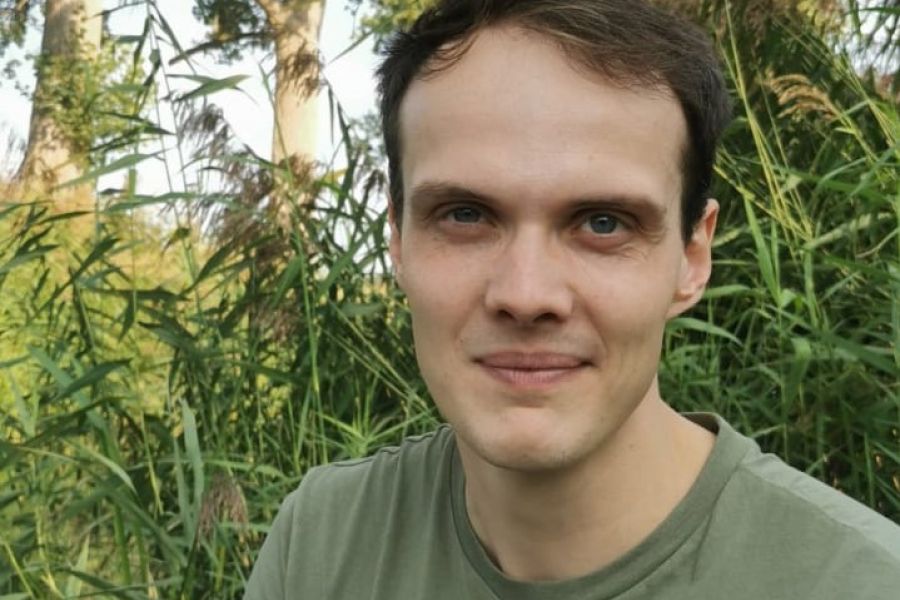Are the effects of light pollution bad for bats? Sander will find out

At the Netherlands Insititute of Ecology in Wageningen will PhD candidate Sander Buddendorf investigate the effects of artificial light at night on bat-prey interactions. Since light at night is increasing, and bat populations are decreasing, it is time to investigate this relationship and think of possible solutions. Under the supervision of dr. ir. Kamiel Spoelstra and prof. Marcel Visser will Sander execute his research. He introduces himself here:

Tell us a little about yourself, who are you, where are you from and what are your hobbies?
Hi! My name is Sander Buddendorf, I am trained as an ecologist from Wageningen. In my spare time I enjoy spending time in nature with our dog, cooking, and programming.
What is your background?
My background is in animal ecology. I enjoy using (new) technologies to map and understand interactions between animals and us, humans. For example, during my studies I have investigated the effects of tourism on behavior of hooved animals. Now in my BioClock project I will differently investigate the interaction between animals and humans.
Where will you work on your project and what is your project about? Tell us in a few lines.
During my PhD I will be working at NIOO-KNAW in Wageningen. Here I will be looking at the influence of artificial light on the bat-prey interactions. Bats are night animals and they are strongly affected by the presence of light. Since the amount of light at night has severely increased in the past decades, this may have affected the behavior and physiology of bats. Light can strongly facilitate local foraging of some species of bat, but at the same time thwart feeding opportunities of other species. These effects may strongly vary within the night as well as within the season. We will also look into possible improvements in the design and scheduling of artificial lighting to mitigate impact. We will do several experiments, for example along urban gradients, in several municipalities in the Netherlands. This means that we will investigate areas that are highly illuminated, such as cities but also more darker areas. In this way we can study the effects of artificial light at night from populated areas to natural environments.
When did you first hear about the biological clock/the field of chronobiology?
Chronobiology was something that was somewhat obvious while growing up. Some animals, such as my family and the dog, would go to sleep when it was dark, while other animals such as hedgehogs and bats would wake up around the same time. However, how our artificial light affects this rhythm became apparent later on, for example when I noticed that some highways were not lit up during the night.
What is something fun and/or interesting that people should know about you?
Apart from my dog, I have a couple hundred other pets: a small colony of Black garden ants. They live in an open container where I tried to recreate a piece of Dutch pine forest so they feel at home.
To get in touch with Sander, write him: s.buddendorf@nioo.knaw.nl
Voor contact met Sander, stuur je hem een email: s.buddendorf@nioo.knaw.nl

The BioClock Consortium is funded by the NWA-ORC programme of the Dutch Research Council (NWO; project number 1292.19.077).